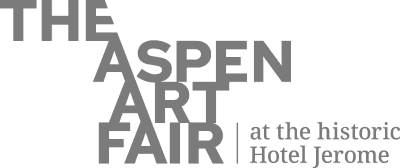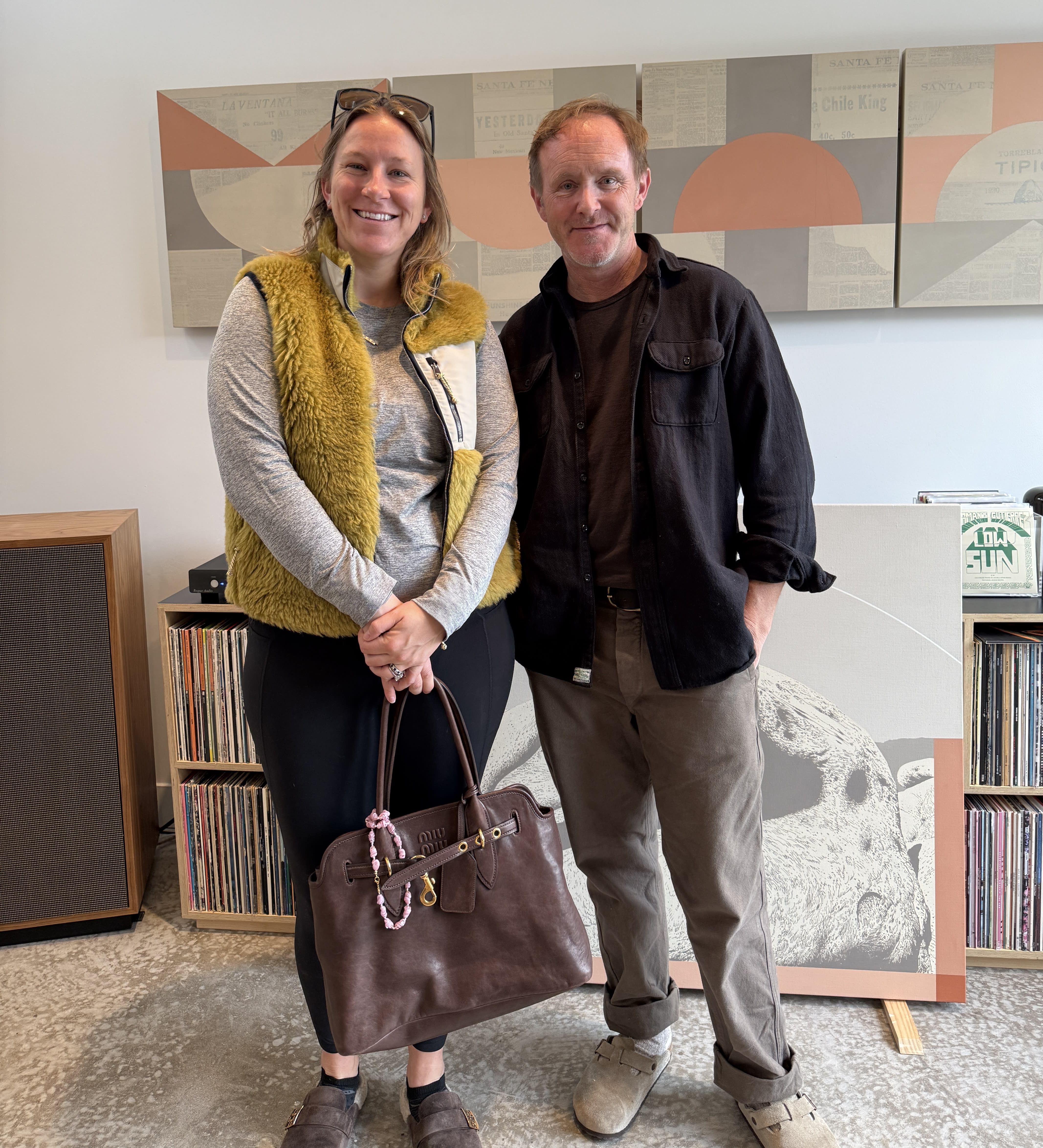
Hannah Mann is an Art Advisor who spent nearly a decade working with leading contemporary artists and collectors at the Anderson Ranch Arts Center. She currently co-chairs the Contemporaries Circles at MCA Denver. Recently, Hannah sat down with artist Evan Hecox during a visit to his studio to discuss his practice, influences, and current projects. Below is an excerpt from their insightful conversation.
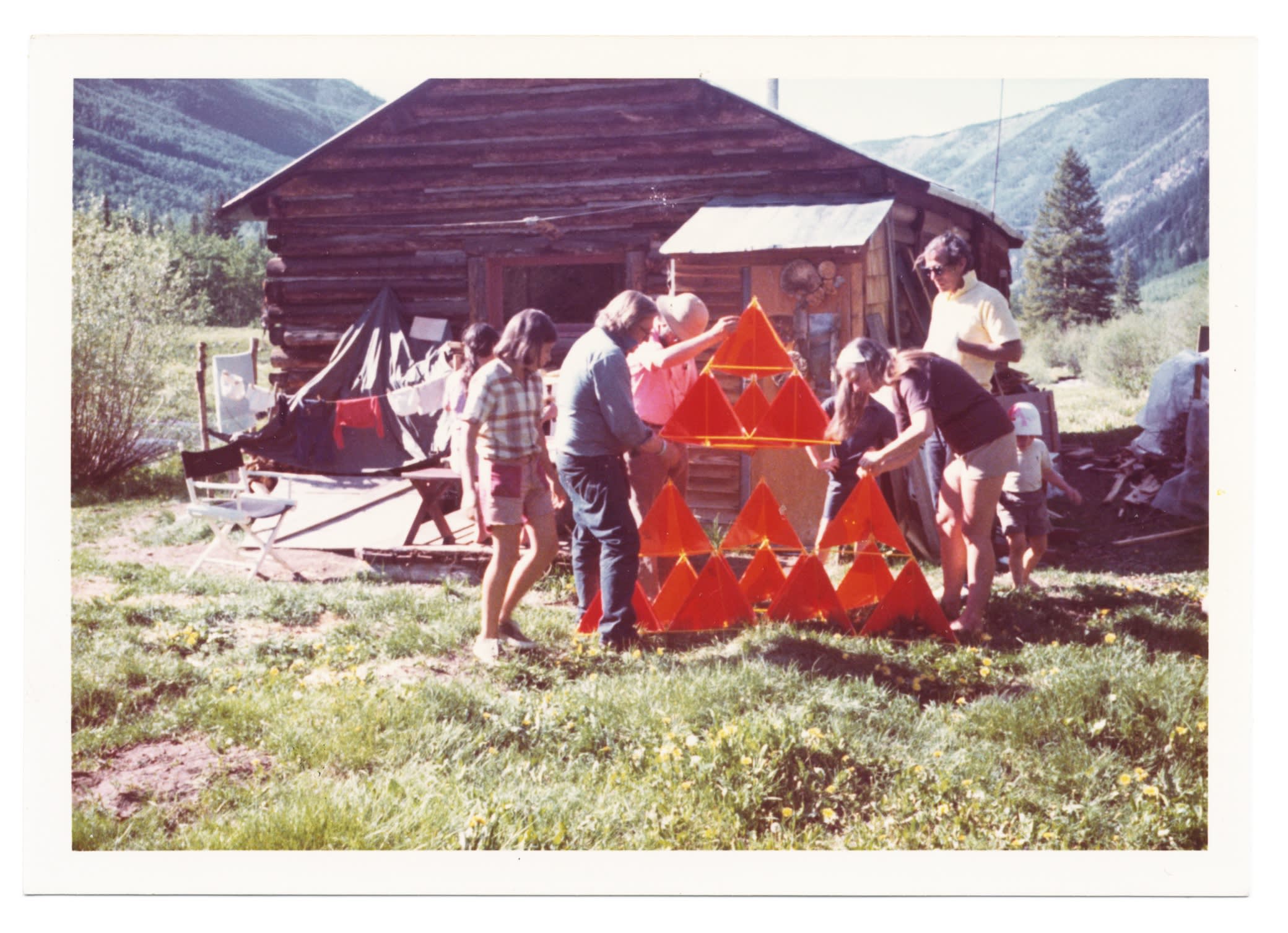
Evan Hecox with his parents nearby Ashcroft, circa 1975
Hannah Mann: When I was researching your work, the word “nostalgia” kept coming to mind. Do you see nostalgia as a theme in your work?
Evan Hecox: Definitely. Everything I create has an emotional connection—whether it’s tied to a recent experience or a memory from the past. My solo show at Hexton Gallery in 2022, for example, was deeply rooted in my relationship with Aspen. I visited with my parents as a kid, so it holds a very special place for me. Aspen in the ’70s was a different world than it is today, and I was interested in capturing that evolution. It’s about more than just nostalgia—it’s also about the passage of time and staying connected to meaningful memories, even though my parents are no longer here.
Lately, I’ve been creating still-life drawings that feature objects spanning three generations: keepsakes from my parents, items of mine, and pieces my daughter made as a child. These are just material things, but they hold a lot of emotional weight. Bringing them together in one image is my way of honoring that connection.
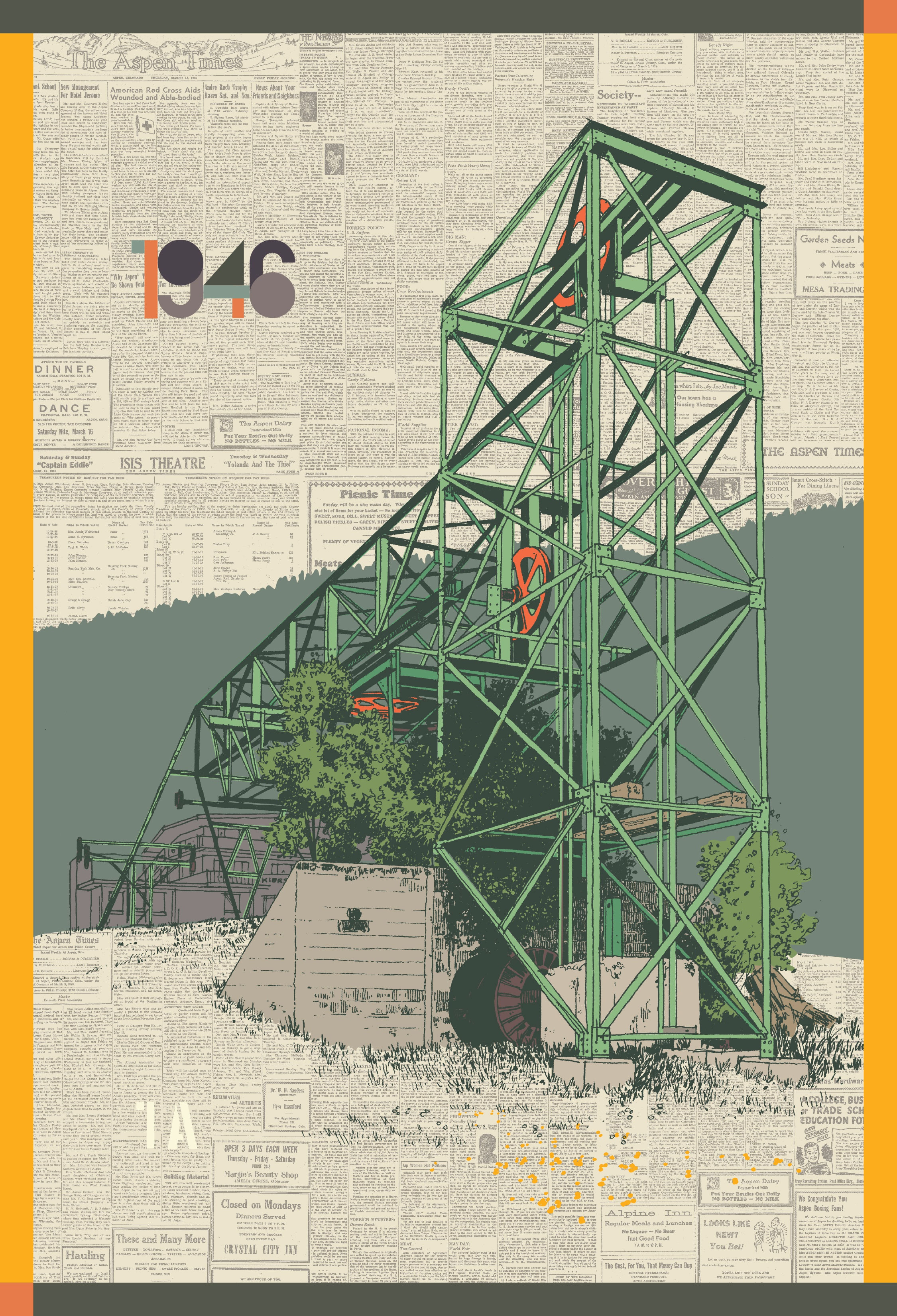
Preparatory drawing for "Lift One, 1946"
HM: I read that your parents were artists as well—how did they inspire you?
EH: My mom was a schoolteacher, but also a weaver and watercolor painter. Her loom studio is one of my most vivid childhood memories. She was incredibly technical and disciplined in her craft. My dad was a graphic designer and artist. He worked in the pre-digital era of the ’50s and ’60s, and that hands-on, old-school mentality still influences my own process and aesthetic.
HM: Growing up in Colorado, how did the local artist community shape you, and how do the contrasts between urban and rural landscapes influence your work?
EH: The Colorado art scene—especially in my small town of Elizabeth—had a big impact. Back in the ’70s, it was this wonderful, creative pocket. Even our mayor was a potter! My parents moved there to get away from Denver and immerse themselves in a more rural, artistic life. Being surrounded by people who were constantly making was so formative for me.
When I began traveling to Tokyo, Hong Kong, and other cities, I became captivated by the sharp contrast between those dense urban spaces and the quiet openness of my childhood. That tension between rural and urban has been an ongoing theme in my work, especially as I explore the dynamic energy of a city like Tokyo alongside its serene, hidden shrines.
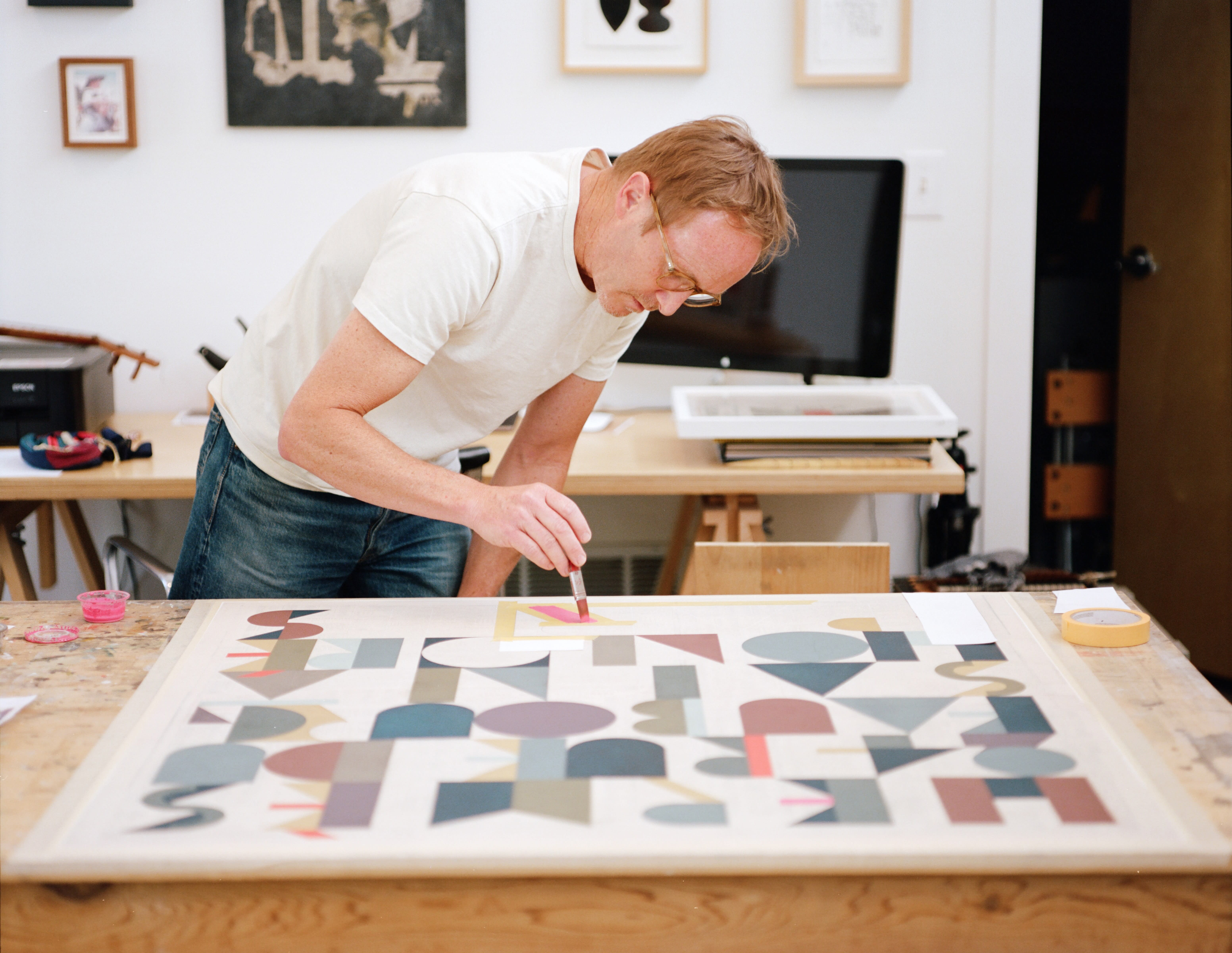
Image Courtesy Andrew Paynter
HM: How did the Hermès collaboration come about, and what are you working on with them now?
EH: Hermès found me through my Instagram and website. They’re always looking for new creative partnerships, and my Manhattan word piece caught their eye. That led to designing an address-as-word artwork for them, and I’m currently working on a blanket design. It’s still early days, but I’m excited to dive in.
HM: What’s your favorite medium to work with?
EH: Drawing will always be my first love—pencil, pen, and ink. But for my larger pieces, I tend to work with acrylic on canvas or wood panel, often incorporating collaged elements. I also enjoy gouache, though it requires more care. My design background definitely informs my style; I like clean, graphic compositions with a lot of precision.
